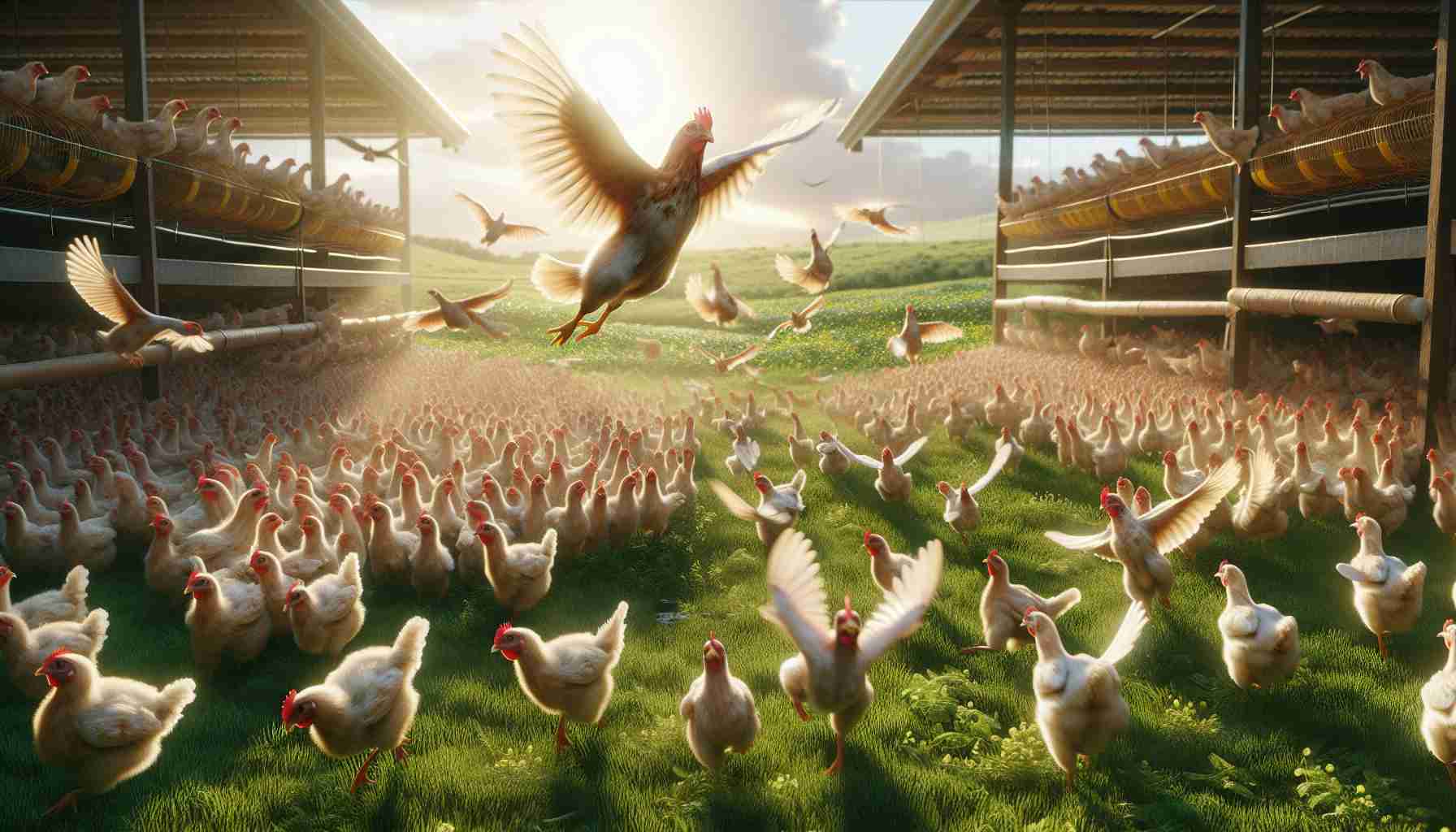- Georgia resumes poultry events after effectively managing a bird flu outbreak.
- The state ensured no new cases by conducting extensive testing, cleaning, and disinfecting.
- Two facilities in Elbert County remain under quarantine, continuing close observation.
- The bird flu poses ongoing challenges nationwide, with over 23 million birds affected recently.
- The outbreak has significantly impacted egg prices due to mass culling efforts.
- Georgia Agriculture Commissioner emphasizes the critical threat to the state’s poultry industry.
- Public health risk remains low, but continued vigilance is required in poultry and dairy sectors.
- Georgia’s handling of the outbreak demonstrates resilience, though ongoing protection efforts are necessary.
The wait is over for one of America’s leading poultry states. Georgia’s Department of Agriculture has given the green light to resume poultry events after intense efforts to eradicate the bird flu threat. This decision follows a rigorous process of testing, cleaning, and disinfecting, ensuring no new cases have emerged. Earlier this year, Georgia faced its first commercial bird flu outbreak, triggering a domino effect of precautions that halted all poultry gatherings in the state.
Elbert County, the epicenter, had two facilities hit hard by the virus, prompting extensive quarantines and meticulous surveillance of more than 100 nearby poultry operations. While the majority of the state is lifting restrictions, these two facilities will remain under watchful quarantine “until further notice.”
Across the nation, bird flu continues to stir up concern, affecting over 23 million birds in the past month alone. This highly contagious virus wreaks havoc on flocks, with the mass culling of infected birds leading to a dramatic rise in egg prices. The shadow of last year’s devastation, when bird flu claimed the lives of over 40 million egg-laying birds, still looms large.
Georgia Agriculture Commissioner Tyler Harper underscores the seriousness of the situation, stressing the ongoing threat bird flu poses to the state’s leading industry. Although human cases in Georgia remain nonexistent and the CDC assures the public faces minimal risk, vigilance is key for those working on the front lines in poultry and dairy farms.
Georgia’s triumph over this recent scare is a testament to resilience, but the battle to protect the state’s poultry is far from over.
Georgia Triumphs Over Bird Flu: What It Means for Poultry and Beyond
How Did Georgia Overcome the Bird Flu Threat?
Georgia recently managed its first commercial bird flu outbreak with decisive action and solutions. The state implemented an extensive process of testing, cleaning, and disinfecting, leading to the resumption of poultry events. Rigorous quarantines and surveillance, especially in Elbert County, have played a critical role in curbing the virus’ spread, although some facilities remain under quarantine.
Pros and Cons of Lifting Poultry Event Restrictions
Pros:
– Economic Relief: The resumption of poultry events allows for economic activities to return to normal, benefiting the state’s economy.
– Cultural Significance: Poultry events are important social and cultural fixtures in Georgia, fostering community spirit.
Cons:
– Risk of Recurrence: Without continuous vigilance, there is a risk of another outbreak, potentially impacting both birds and the economy again.
What’s the Market Impact?
Due to the previous bird flu outbreaks, egg prices have surged dramatically. Though restrictions are lifted, ongoing monitoring and the potential for future waves of the virus leave markets in a state of cautious optimism.
National Concerns and Predictions
The bird flu issue isn’t isolated to Georgia; over 23 million birds nationwide have been affected recently. Experts predict fluctuating egg prices and poultry availability until a more permanent solution is found.
What Are the Limitations of Current Bird Flu Strategies?
The limitations of the current strategies include:
– Quarantine Reliance: Heavily depending on quarantine and isolation can disrupt supply chains.
– Limited Vaccine Deployment: Lack of widespread bird flu vaccination options leads to reliance on culling as a primary response.
Security and Health Aspects
Despite the current lack of human cases in Georgia, bird flu monitoring remains crucial for both animal and human safety. The CDC reassures minimal risk to the public, focusing health and safety efforts on those directly handling poultry.
Innovations in Poultry Management
Innovations such as advanced biosecurity measures and improved surveillance technologies are in development to prevent future outbreaks. The industry continually seeks sustainable and comprehensive solutions to combat avian flu threats.
Industry Insights and Future Trends
As the poultry industry evolves, there is a shift towards improving transparency and traceability in bird flu reporting and management. Sustainable practices and innovations are vital as the industry adapts to these challenges.
Useful Links for Further Information
– For more information on agriculture in Georgia, visit the Georgia Department of Agriculture.
– Learn more about ongoing health updates from the Centers for Disease Control and Prevention (CDC).
As Georgia emerges from its recent troubles with bird flu, it underscores the necessity of robust agricultural safety practices and the importance of continued vigilance and innovation in combating such contagious threats.
